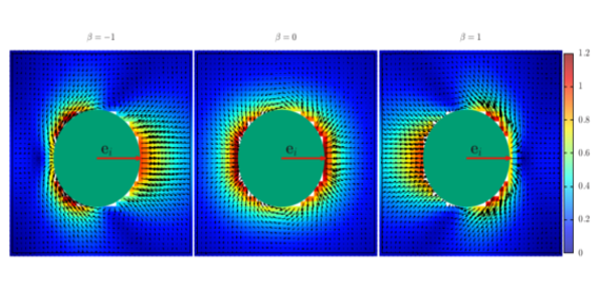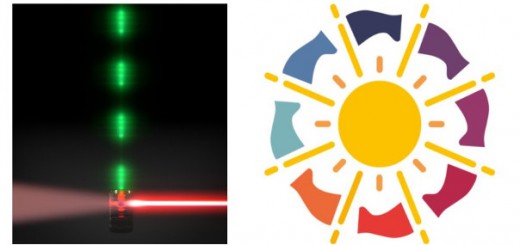Computational Study of the Collective Motion of Micro-swimmers
Title: Computational Study of the Collective Motion of Micro-swimmers.
When: Monday, October 9, (2017), 12:00.
Place: Departamento de Física Teórica de la Materia Condensada, Facultad Ciencias, Module 5, Seminar Room (5th Floor).
Speaker: Francisco Alarcón, Universidad Complutense de Madrid, Spain.
Micro-swimmers are active matter (AM), where AM can be seen as systems composed of self-driven units, active particles, each capable of converting stored or ambient free energy into systematic movement. Active materials are intrinsically out of equilibrium and their collective behavior emerges from their dynamic self-organization. Examples of active systems are found in all length scales and could be classified in living and nonliving systems like individual living cells, tissues and rganisms, animal groups, self-propelled colloids and artificial nanoswimmers. Particularly, in the micro and nano scale we find an enormous range of interesting systems either biological or artificial, the spermatozoa that fuse with the ovum during fertilization, the bacteria that inhabit our guts, the protozoa in our ponds, the algae in the ocean; these are but a few examples of a wide biological spectrum. Whereas in the artificial world we have self-healing colloidal crystals and membranes to self-assembled microswimmers and robots. Experiments in this field are now developing at a very rapid pace and new theoretical ideas are needed to bring unity to the field and identify “universal” behavior in these internally driven systems.
With numerical simulations we are able to find the fundamental role that the hydrodynamic coupling through the embedding solvent has in the collective behaviour in model systems of self-propelled microswimmers.
Such a fundamental understanding will help us to identify new routes to design micro-robots that can imitate micro-organisms and it might become possible to design materials that assemble and repair themselves from their microscopic components.



















